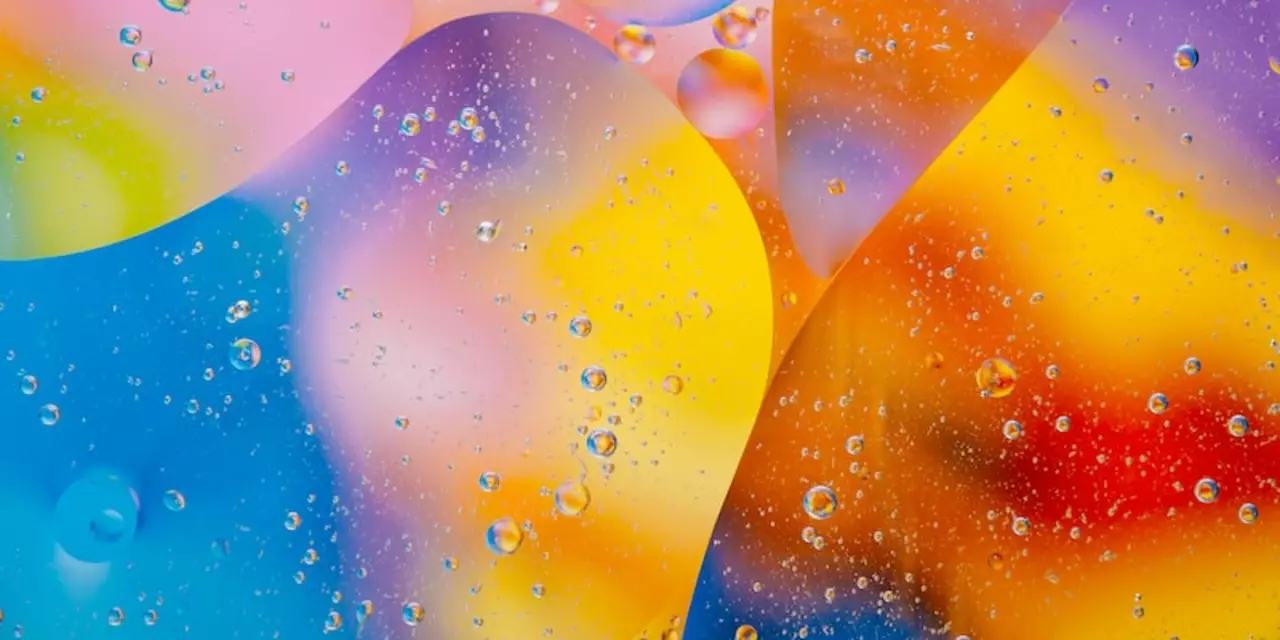Automotive Industry Insights: Why Car Colors Are Limited
Ever walked into a dealership and wondered why your favorite shade isn’t on the lot? You’re not alone. The automotive industry has a good reason for keeping the palette tight, and it’s not just about fashion. Below we break down the real factors that shape the colors you see on new cars.
The hidden costs behind car paint
Painting a car isn’t as simple as slapping on a coat of ink. Each colour requires a specific mix of pigments, solvents, and additives. Those mixes have to meet strict durability standards – they need to resist UV rays, scratches, and harsh weather.
Every new hue means a new production line setup, new storage for raw materials, and extra quality checks. For a manufacturer, that translates into higher per‑vehicle costs. When you add up the expense across thousands of units, the price jump can be significant.
That’s why many brands limit their offering to a handful of popular colours. It lets them keep the paint process streamlined, reduce waste, and keep the price tag reasonable for buyers.
How colour choices impact you
From a buyer’s perspective, fewer colour options can feel restrictive, but there’s a silver lining. The colours that do make the cut are usually the ones that hold their resale value best. A classic black, white, or metallic grey often sells faster on the used‑car market than a niche shade.
Manufacturers also use colour data to predict demand. If a particular shade consistently underperforms, they’ll drop it to free up space for a more popular tone. This data‑driven approach helps keep inventory moving and reduces the likelihood of unsold stock.
If you’re set on a specific, less‑common colour, you have a few options: request a custom paint job after purchase, wait for a limited‑edition release, or look for a dealer that offers a broader palette.
The article "Why car companies don't make cars of all the colors?" dives deeper into these cost and popularity factors. It explains how paint mixtures differ, why advertising each colour adds extra expense, and how car makers balance the books while still giving shoppers enough variety to choose from.
Understanding the economics behind colour choices can change how you shop for a new car. Instead of seeing a limited palette as a downside, think of it as a sign that the manufacturer has optimized quality, price, and resale potential.
Next time you sit behind the wheel of a sleek, freshly painted vehicle, you’ll know the chain of decisions that got that colour onto the body – from pigment chemistry to market research – all aimed at giving you a reliable, affordable ride.

This article explains why car companies don't make cars in every colour. It is due to the cost of making and painting the cars. The cost of painting the car can be quite expensive, as different colour paints require different mixtures and processes. Additionally, car companies have to be careful with the colours they offer, as certain colours may not be popular with buyers. It is also important to factor in the cost of advertising and marketing cars in different colours. In conclusion, car companies have to factor in both cost and popularity when deciding what colours to offer.
Continue Reading





